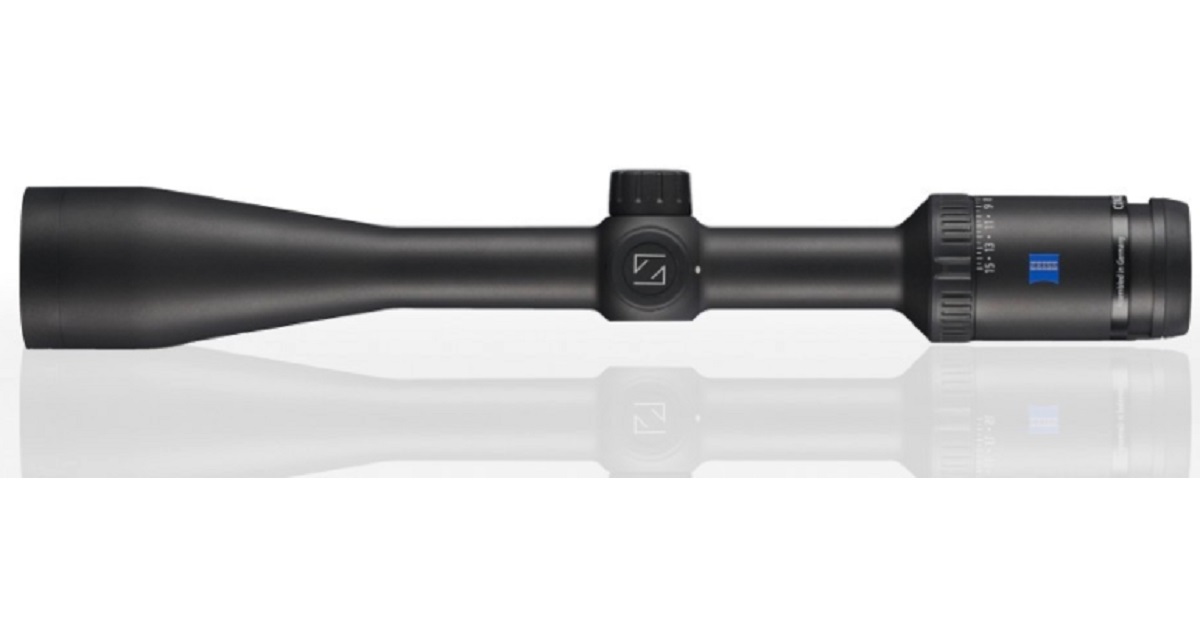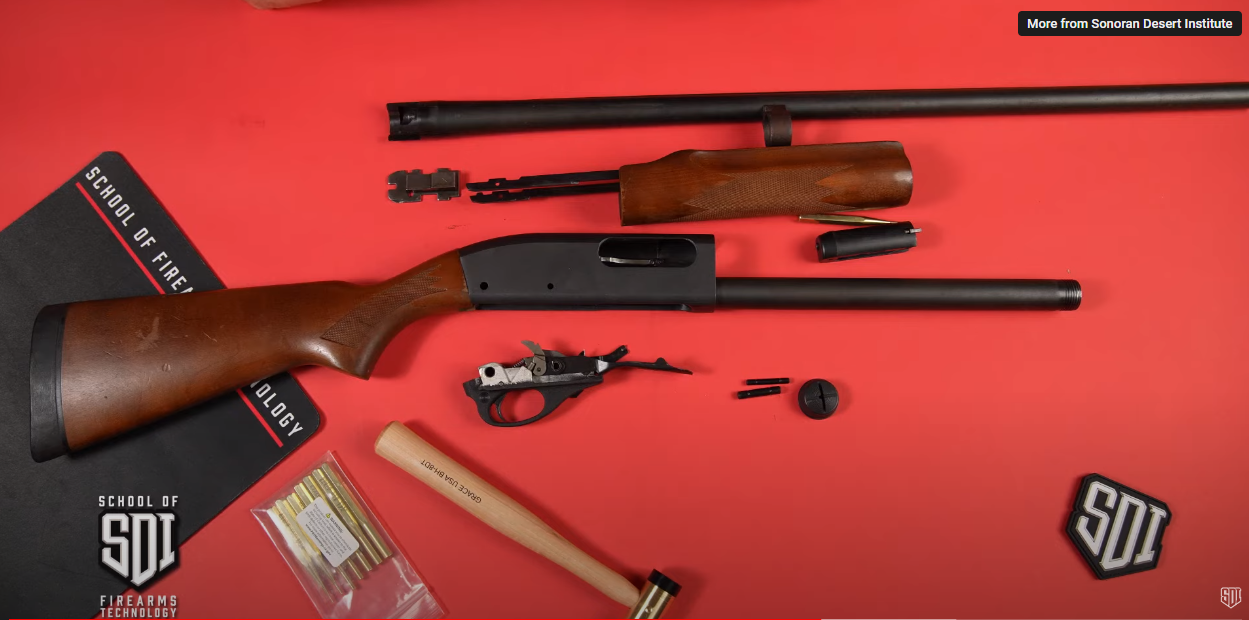
When purchasing a rifle scope, the buyer must make the decision: “Am I buying a first or second focal plane scope?”
To the untrained eye, these scopes may appear extremely similar. To those who know that there is a difference but may not fully know what that difference is, the choice may well be intimidating. However, with some explanation and a bit of consideration the buyer can make an informed purchase.
When discussing first and second focal plane scopes, it’s important to understand what we are talking about: we’re talking about the location of the reticle inside the scope.
With a first focal plane (FFP) scope, the reticle with appear to grow in size when the magnification is increased. This keeps the relationship between the holdovers or ballistic drop chart the same throughout the entire range of magnification.
As for a second focal plane (SFP) scope, the reticle will be the same size throughout the range of magnification. This causes the relationship between holdovers and ballistic drop chart to change at every distance, which could well be difficult for some shooters to compensate for.
In order for the holdovers and ballistic drop charts measurement to be correct the scope must be set to full magnification.
We’re still left with the question: why choose one focal plane type over the other?
A buyer would choose a FFP scope because they intend on shooting many targets at various distances with less than full magnification – from the descriptions above, it may seem like every user would want a FFP scope.
Not so, however.
FFP users must also accept that the reticle will become larger inside the optic, very possibly obscuring much of the target. A buyer would purchase a SFP scope if they intend to shoot a single target distance. This allows the shooter to have a more refined point of aim as the reticle size will remain constant.
Deciding which focal plane type works for the buyer comes down to preference. Once the intended use of the rifle is determined, the consumer can make an educated purchase as to what scope will work best for their given application.
What do you think about this story? Share this out on Facebook and Twitter and let us know!
Featured image courtesy of Wikipedia user Intisehr



